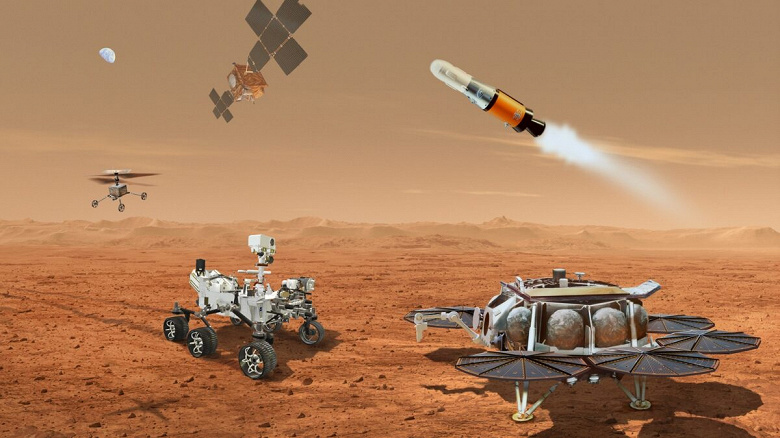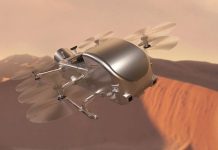NASA has begun a review of its approach to returning samples from Mars after an independent commission’s analysis pointed to the unrealistic budget and schedule of the current Mars Sample Return program. The program remains the agency’s priority
NASA has begun overhauling its approach to delivering samples from Mars after an independent review concluded that the current architecture of the Mars Sample Program (MSR) has an “unrealistic” budget and schedule.
Sandra Connelly, NASA’s associate administrator for science, said at the Oct. 20 Mars Exploration Program Review Board (MEPAG) meeting that the agency has created a team to implement recommendations made by an independent review board (IRB) back in September.
An independent review found there is “almost zero” likelihood that the key elements of the MSR program – the sample recovery device and the Earth return orbiter – will be ready for launch as planned in 2027 and 2028. Also, MSR cost estimates have reached a range of $8 billion to $11 billion, significantly higher than previous NASA projections.

“We want to incorporate current findings and recommendations to successfully implement this program while maintaining a balanced budget,” Connelly said.
Connelly noted that a revised MSR architecture will be offered by the end of March 2024. Work has already begun: Jeff Grumling, MSR program director, said one group has been exploring different variations of the program’s architecture for several weeks.
NASA overcomes difficulties and continues work on the Mars Sample Return program
The plan he described calls for the selection of two or three alternative architectures in the fall of 2024 for further development and independent cost assessment. Once a new architecture is selected, the goal is to pass peer review by the end of 2024, when NASA will make formal commitments on the program’s costs and schedule. NASA previously planned to conduct a peer review of the MSR program in the fall of 2023.
Another issue is uncertainty about the funding that will be allocated to MSR in 2024 and 2025 as part of the broader debate over funding the agency. “We don’t know how much money will be allocated for 2024, so we will have to cut costs a little to meet 2024. For now, we pause and look forward,” Gramling said.
He did not detail which alternative approaches to the MSR architecture are currently being considered. The report listed several alternatives that delay the sample retrieval vehicle and orbiter launches until at least 2030 and include the use of flight-proven technologies, such as methods for landing a rover based on the Mars Exploration Rover, which will collect samples left behind by the Perseverance rover.
According to agency representatives, a complete overhaul of the MSR program with the development of an entirely new plan is not yet envisaged. When considering alternative architectures, several metrics will be considered, including total and annual costs, technical issues, and the scientific value of the modified mission. As an example, Gramling cited the consideration of reducing the number of samples to reduce the size of the sample storage container. Smaller volumes can reduce program costs and complexity.
NASA officials said they would work with the European Space Agency (ESA), which is responsible for the Earth-return orbiter and the robotic sample transfer device. Daniel Nienschwander, director of human and robotic research, said on October 19 that ESA is continuing to work on its contribution to the MSR program.
NASA plans to remain committed to the Mars Sample Return program despite current challenges.
MSR is an obvious and logical next step in our leadership in Mars exploration. This remains a NASA priority.




